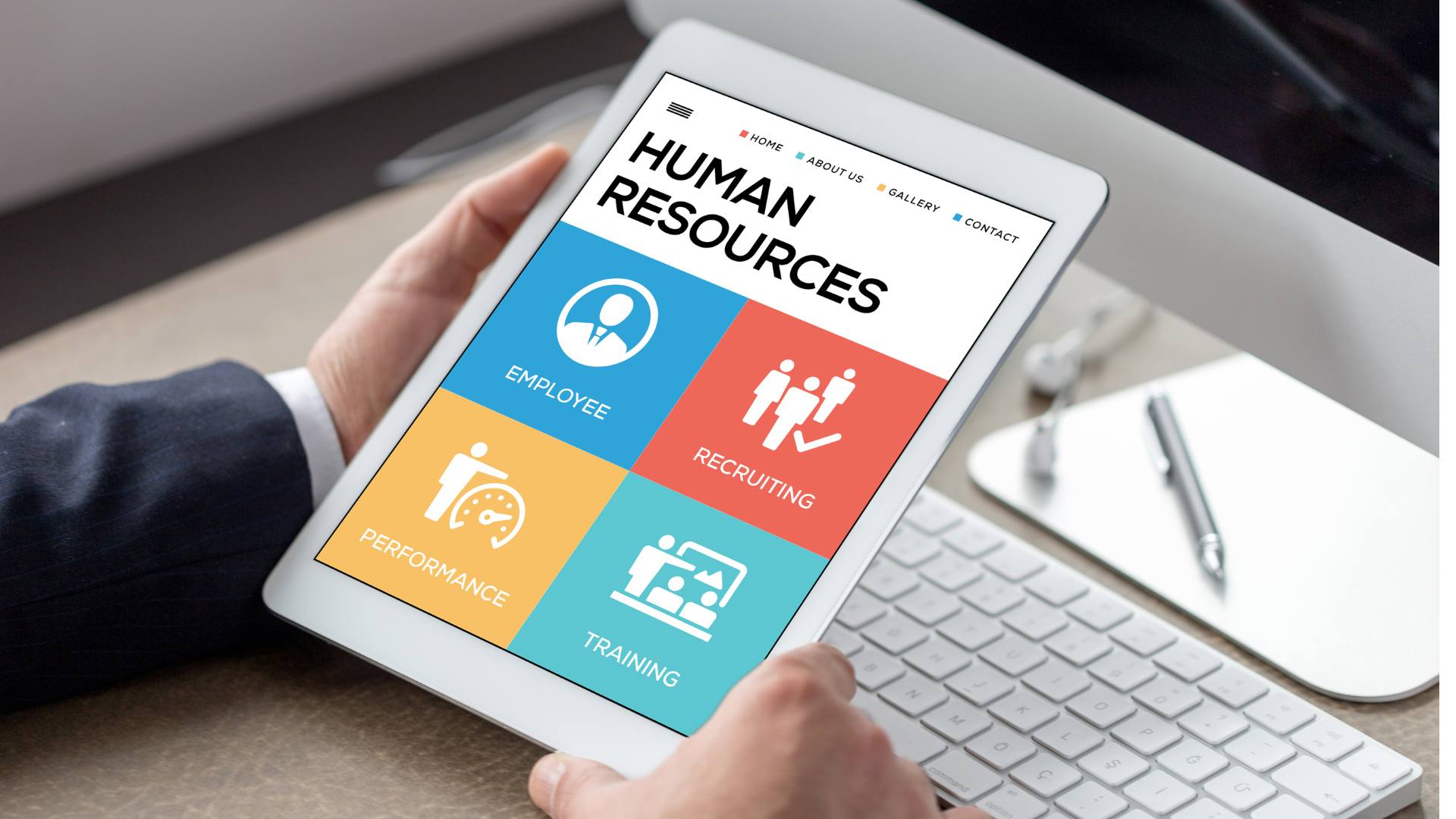In this article, we'll explore the various types of internal Human Resources Content Management System (HR CMS), their key features and benefits, and the considerations that should be taken into account when choosing a system for your organization.

HR CMS Explained: What It Is, Key Benefits, and How to Choose the Right One
Key Features and Benefits of an HR CMS Built with Concrete CMS
A Human Resources Content Management System (HR CMS) is an essential tool for streamlining HR operations, improving internal communication, and ensuring compliance. From managing employee records and policy documentation to automating workflows and fostering engagement, a well-designed HR CMS helps HR teams work more efficiently.
In this guide, we’ll cover what an HR CMS is, its key benefits, and how to choose the right one to support your HR team and employees.
What Is an HR CMS?
An HR CMS is a centralized platform that enables HR departments to manage employee data, policies, and communication in one secure location. It enhances efficiency by providing employees with self-service access to HR information, streamlining processes like onboarding, training, and performance management.
Organizations that leverage an HR portal powered by Concrete CMS gain a scalable and secure solution that supports internal workflows while improving the overall employee experience.
Essential Features:
- Centralized Document Management: Store and manage all HR-related documents in one secure, easy-to-access location.
- Version Control & Compliance: Keep track of document revisions, ensuring accuracy and compliance with industry regulations.
- Advanced Access Control: Assign user roles and permissions to maintain data security and protect sensitive HR content.
- Powerful Search Functionality: Quickly locate important policies, employee records, and training materials with an intuitive search interface.
- Automated Workflows: Streamline HR processes such as onboarding, approvals, and time-off requests with workflow automation.
- Comprehensive Reporting & Analytics: Gain insights into employee engagement and optimize internal communications.
Key Benefits of an HR CMS:
Implementing an HR CMS provides several key advantages for businesses:
- Centralized HR Data Management: Securely store and organize policies, employee handbooks, and compliance documents in one easily accessible location.
- Employee Self-Service Capabilities: Reduce HR workload by allowing employees to access HR information, request time off, and update personal records.
- Automated HR Workflows: Streamline processes like onboarding, performance reviews, and benefits enrollment.
- Enhanced Communication: Improve transparency and engagement with structured HR communication channels.
- Seamless Integration: Connect with payroll, benefits, and performance management software for a unified HR system.
For a deeper look into HR technology, check out five essential HR tools every company should use to improve efficiency.
→ DOWNLOAD A FREE HUMAN RESOURCES ONBOARDING CHECKLIST
How an HR CMS Enhances Internal Communication
Effective HR communication is critical for employee engagement and compliance. A structured HR CMS ensures that employees stay informed and connected. Learn more about HR communication best practices to maximize impact.
Key features that enhance HR communication include:
- Internal News and Updates: Share company announcements, policy changes, and upcoming HR initiatives.
- Employee Feedback and Surveys: Encourage two-way communication by collecting employee insights and feedback.
- HR Event and Training Calendars: Promote learning opportunities, company-wide meetings, and employee engagement events.
Choosing the Right HR CMS for Your Organization
When selecting an HR CMS, consider the following key factors:
- Scalability: Ensure the platform can grow with your business and evolving HR needs.
- User Experience: Choose an intuitive interface that’s easy for HR teams and employees to navigate.
- Security & Compliance: Verify that the system includes advanced access controls, encryption, and regulatory compliance features.
- Customization & Flexibility: Look for options to tailor the platform to your specific HR workflows.
- Integration with Existing Systems: Ensure compatibility with your payroll, benefits, and performance management software.
For an in-depth guide on choosing HR software, explore HR software with Concrete CMS.
Real-World Success: HR CMS Case Studies
Many organizations have successfully implemented an HR CMS with Concrete CMS. Here are some real-world examples:

Case Study 1: Fust Charles Chambers
Discover how Fust Charles Chambers, utilized Concrete CMS to improve clarity across their 3 areas of expertise while having the ability to easily feature specific information on the website's homepage billboards. Included in the website is a much-needed area for the Human Resources department to attract new talent to the firm.

Case Study 2: Home Depot
Home Depot, a leading home improvement retailer, leveraged Concrete CMS to create an immersive digital experience for their sales representatives. Home Depot designed and developed an innovative online training solution that would engage sales representatives to take advantage of learning content with the goal of consistently increasing sales of appliance warranty plans.
Also, don't forget to explore real-world examples and gain insights into the differences between intranets and extranets with Concrete CMS.
Don't let your intranet hold you back. Download our free assessment and discover how to transform your internal communications.
Boosting Employee Engagement with an HR CMS
Beyond improving HR efficiency, an HR CMS contributes to a strong workplace culture. Features like employee recognition tools, engagement surveys, and social collaboration spaces help employees feel more connected and valued.
Final Thoughts
Investing in an HR CMS is a strategic move that enhances HR efficiency, strengthens internal communication, and improves the overall employee experience. By leveraging Concrete CMS for HR, organizations can build a secure, scalable, and highly functional HR intranet.